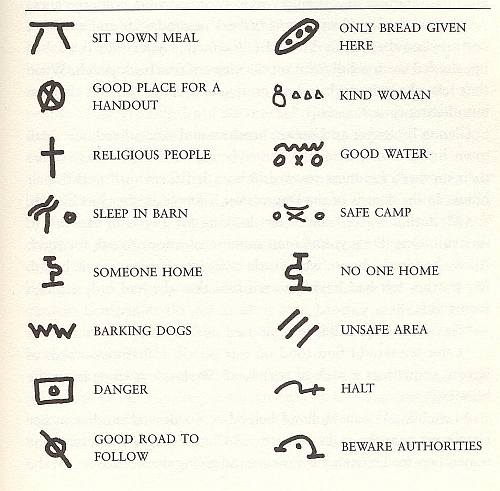Monday, October 31, 2011
Schools of writing
The History of Writing: An Overview
Last week I found a book on the library's system that looked like it would be a great resource. The problem was...it was in the L. Tom Perry Special Collections. So on Saturday, I made my way down there and was able to read part of the book The History of Writing, part of the collection of Victorian books. It was amazing to be able to handle a book from the mid 1800s. The cover was decorated in what seemed to be iron on top of painted paper, which was pretty beautiful. As I was reading it, I felt like I wanted to drink of the knowledge from it more deeply because it was a precious book.
 |
Saturday, October 29, 2011
The Book of Mormon and Writing

Romans 8:28:
28 And we know that all things work together for good to them that love God, to them who are the called according to his purpose.

Universitas: Oriental Style
In class we talked about universitas and how they played a part in the development of education in ancient Europe. I looked at a similar transformation in education in ancient China. Surprisingly, there were some similarities between the two. I am willing to bet, based on what I found, that many other civilizations underwent similar transformations.
If we recall from Dr. Peterson’s lecture, there are three characteristics of universitas that make them unique:
1. 1. The first were founded spontaneously, not formally as we see today
2. 2. Urban phenomena
3. 3. The first universities didn’t have campuses. Universitas referred to a group of people, teachers, etc…not mortar, buildings, and libraries.
Although not identical, shu yuan represents the same idea of taking responsibility for education and knowledge. Like universitas, shu yuans had students from all over the country. A difference that exists between them though is the end goal in mind. Universitas were established to further professional education and to offer training in four major fields: theology, law, medicine, philosophy; they “emerged to meet the overwhelming need to provide for the training of lawyers, schoolmasters and clerics to fill the ranks of the increasingly sophisticated administrations of both church and state.” Shu yuans, however, were aimed at “the moral transformation of oneself without regard to any practical concern”. Both look to serve a higher purpose in human development, but they take different approaches. What approaches have you seen in different civilizations to learning?
Relating this to my life, I feel that I have experienced a little bit of the shu yuan and a little bit of the universita in my life. At BYU, I am receiving my universita education: math 113, civ 201, psych 211, etc. I am learning, with students from all over the world, about core topics that will provide me with a basis to receive a professional job. My mission, on the other hand, provided me with my shu yuan education. I experienced a greater moral transformation and gained more spiritual knowledge in those two years than I will at any other point in my life. I have found that different institutions are created for different educational purposes and often times we get experience in many different ones. What examples of different types of education have you seen in your lives that have come from different institutions?
Friday, October 28, 2011
Learning to Write
Thursday, October 27, 2011
Japanese Calligraphy and Writing Systems!
 In preparation for our Japanese calligraphy session this weekend, ( And yes, I am so EXCITED!) I thought it would be a good idea to post about the origins of calligraphy in Japan and how it translated in to the current writing system that they have today! This way when you are learning all the crazy characters and stroke orders on Saturday, you will know not only what they mean, but where they came from and how they are used today to communicate written knowledge!
In preparation for our Japanese calligraphy session this weekend, ( And yes, I am so EXCITED!) I thought it would be a good idea to post about the origins of calligraphy in Japan and how it translated in to the current writing system that they have today! This way when you are learning all the crazy characters and stroke orders on Saturday, you will know not only what they mean, but where they came from and how they are used today to communicate written knowledge!Tuesday, October 25, 2011
Hobo Symbols
 As I was reading Sam's recent post on the Proto-Sinaitic language, I was reminded of a group of people that used symbols in the modern day that meant specific words to inform others of what lay ahead. Who am I talking about? The hobos of the Great Depression! I remember reading about the hobo symbols in my American history class a few years back and thought it was hugely interesting. So, my comment is now turned into a short post.
As I was reading Sam's recent post on the Proto-Sinaitic language, I was reminded of a group of people that used symbols in the modern day that meant specific words to inform others of what lay ahead. Who am I talking about? The hobos of the Great Depression! I remember reading about the hobo symbols in my American history class a few years back and thought it was hugely interesting. So, my comment is now turned into a short post. The Source

Sunday, October 23, 2011
From Calendars to Writing: The Mayans
What? I'm writing a post that includes the words calendars and Mayans? Must be talking about 2012. While that is a very interesting topic, and there is a great article relating the flaws in the prediction of the end of the world next year, this is not what I am here to talk about today. Sorry to crush your hopes of an exciting post as if I had hit them with a meteor.








